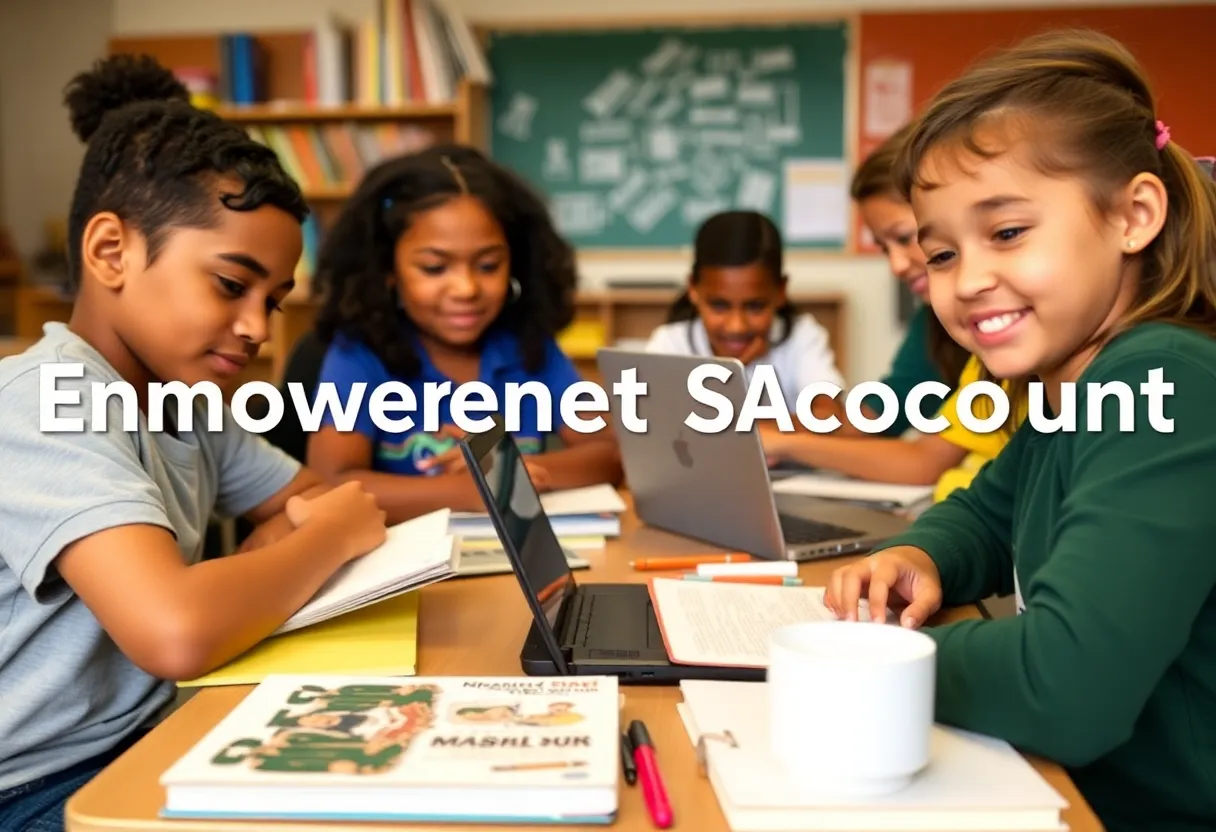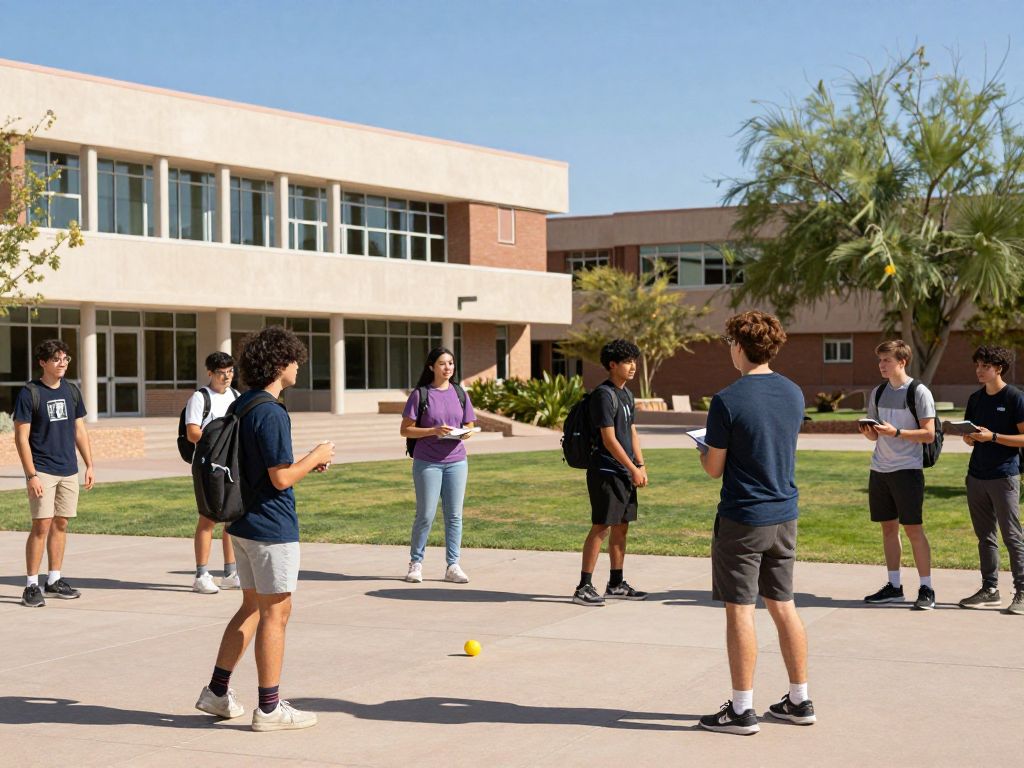News Summary
Arizona is exploring the recovery of $50 million in dormant Empowerment Scholarship Accounts (ESA) as the state aims to address the significance of accumulated unused educational funds. Over 12,000 accounts are inactive, with many containing significant balances, raising concerns about the program’s impact on public education. This investigation highlights issues around accountability, funding utilization, and the broader implications of the ESA program’s expansions.
Arizona Investigates Nearly $50 Million in Dormant School Voucher Funds
Arizona State Schools Superintendent Tom Horne has announced an investigation aimed at recovering almost $50 million that remains in dormant Empowerment Scholarship Accounts (ESA). This initiative represents the Arizona Department of Education’s first effort to recoup unused ESA funds, which currently total nearly 10% of the overall $444 million accumulated in these accounts.
Approximately 12,000 ESA accounts are currently inactive, tallying up to $49.5 million in unspent funds. Of these dormant accounts, around 10,000 hold more than $10,000, and nearly 200 contain upwards of $100,000. In contrast, a parent involved in the ESA program has expressed disbelief regarding the accumulation of unused funds, highlighting that her account contains only $3.50.
Context of the ESA Program
The ESA program was initially established in 2011 to assist students with disabilities but was expanded in 2022 to include all families irrespective of income. Critics argue that while the program provides options for many students, it primarily benefits wealthier families, which may inadvertently harm public schools and charter institutions. Despite the substantial funding allocated to the ESA program, with expectations of surpassing $1 billion for the current school year, millions remain unutilized.
Arizona law allows parents to set aside ESA funds for their children’s educational expenses, including college. However, funds in inactive accounts may remain dormant for three years before the Department of Education can initiate efforts to reclaim them after notifying the respective parents. In light of this situation, the state budget proposed by Governor Katie Hobbs did not allocate additional staff to manage the ESA program, despite Horne’s office currently employing only 12 staff members dedicated to processing around 2 million spending requests each year.
Criticism and Concerns
Governor Hobbs has expressed her concerns regarding the burgeoning unused ESA funds, suggesting they undermine the program’s original mission to support children with disabilities in low-performing schools. The accumulation of inactive funds has prompted experts like Dave Wells of the Grand Canyon Institute to argue that unused funds are detrimental to the educational needs of children across the state.
In addition to the issue of dormant accounts, Horne’s administration has faced scrutiny over allegations of fraud concerning the ESA program, including recent indictments relating to fraudulent applications. These fraud concerns add another layer of complexity to the ongoing discussions regarding accountability measures tied to educational funding in Arizona.
The Impact of ESA Funding
ESA payments average around $10,000, with allocations based on individual student needs and their previous educational experiences. Recent expansions of the ESA program have resulted in nearly 20,000 students transitioning from public schools to ESA-funded educational options. However, as the debate continues about the most effective use of these funds, concerns linger around the broader implications of the ESA program on the state’s public education system.
The current budget for K-12 education in Arizona amounts to $9.3 billion, significantly larger than that of other states such as Idaho. As Horne’s office undertakes this investigative measure, how effectively they balance recouping dormant funds while still supporting active ESA parents will be a critical focus. Although the intentions behind the ESA program are to provide educational opportunities for diverse student populations, the challenges posed by dormant funds and accountability remain at the forefront of discussions about effective educational policy in Arizona.
Deeper Dive: News & Info About This Topic
- Idaho Capital Sun: Arizona’s $800 Million School Choice Program
- Arizona Capitol Times: Republicans Want School Vouchers in the Constitution
- Axios: Proposition 123 Renewal for School Choice Protections
- Florida Phoenix: House Proposes Tighter Restrictions on Private Higher Education Vouchers
- Encyclopedia Britannica: School Voucher

Author: STAFF HERE PHOENIX WRITER
The PHOENIX STAFF WRITER represents the experienced team at HEREPhoenix.com, your go-to source for actionable local news and information in Phoenix, Maricopa County, and beyond. Specializing in "news you can use," we cover essential topics like product reviews for personal and business needs, local business directories, politics, real estate trends, neighborhood insights, and state news affecting the area—with deep expertise drawn from years of dedicated reporting and strong community input, including local press releases and business updates. We deliver top reporting on high-value events such as the Waste Management Phoenix Open, Cactus League Spring Training, and Arizona State Fair. Our coverage extends to key organizations like the Greater Phoenix Chamber of Commerce and Visit Phoenix, plus leading businesses in technology and healthcare that power the local economy such as Intel and Banner Health. As part of the broader HERE network, including HERETucson.com, we provide comprehensive, credible insights into Arizona's dynamic landscape.





